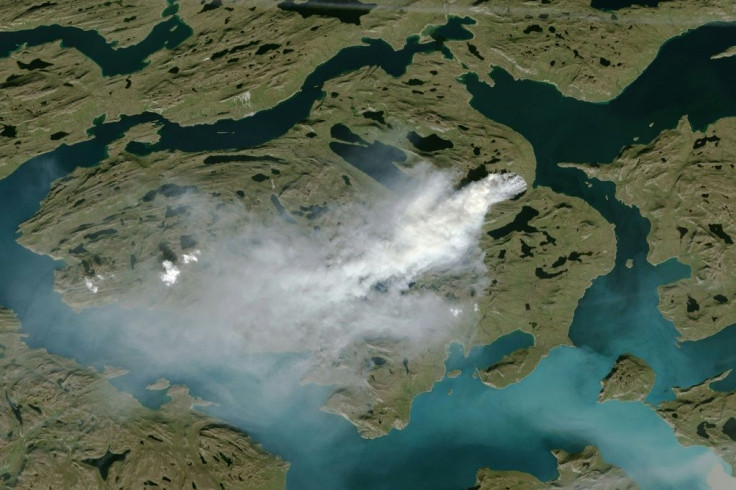2020 On Track To Be Among Warmest Years In Recorded History, Scientists Warn

KEY POINTS
- Scientists predict 2020 could be among the warmest years on record
- Every year since 2015 has been hotter than usual
- No El Niño but hot “anomaly” found over Siberia
Several scientists around the world are saying that 2020 may be on track to be one of the warmest years on record.
The United States National Oceanic and Atmospheric Administration announced that last month had the same temperatures as May 2016, which was the warmest May in recorded history.
NOAA climatologist Karin Gleason told NBC news that 2020 is “virtually certain” to rank among the top five warmest years in the 141 years that NOAA’s National Centers for Environmental Information has recorded climate.
The prediction is part of a new, troubling trend of climate records being set as the Earth warms faster.
NOAA previously found that the past five years were among the warmest in history. 2015 was the warmest but the agency’s latest models show that 2020 has a 50% chance of surpassing that.
The United Kingdom’s Meteorological Office also predicted a 50% chance that 2020 would set a new high in global temperatures but also explains that it is part of a trend set since 2015.
The Met Office also expects abnormal weather to become increasingly more frequent as temperature records are surpassed almost monthly.
January 2020 was reportedly the hottest on record, which saw many cities near the Arctic without snow in their capital cities. A record 68 ℉ (20 ℃ ) was measured in an Antarctic research base, the first on the continent.
Unusually warm weather over Siberia throughout the winter was an “alarming sign.” The Russian weather service Rosgidromet says that the most recent winter period was “the hottest in Siberia since records began 130 years ago.” It recorded temperatures up to 6 ℃ (10.8 ℉ ) above normal conditions.
Freja Vamborg, a senior scientist at Copernicus Climate Change Service, told Time that the whole of this year’s winter and spring had repeated periods of higher-than-usual surface air temperatures.
She pointed out that areas like Siberia stand out for getting hotter over time, mainly due to how cold the region usually is.
Vamborg explained that “large temperature anomalies” are not unheard of. “However, what is unusual in this case is how long the warmer-than-average anomalies have persisted for,” she said.
Scientist are worried because the ocean-warming El Niño phenomenon and its cold counterpart La Niña are not active and the latter is not expected to form through the end of summer.
Both phenomena are believed to cause more active storms over the Pacific and Atlantic oceans.
© Copyright IBTimes 2024. All rights reserved.




















